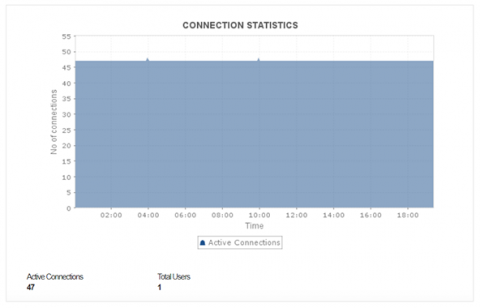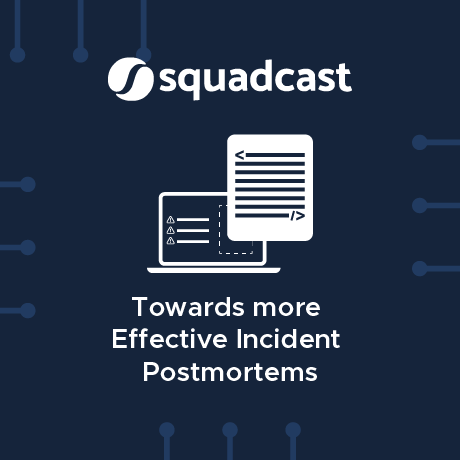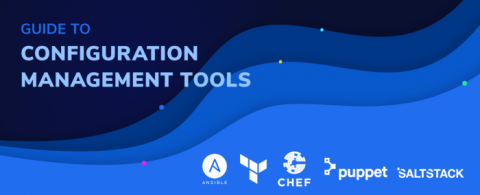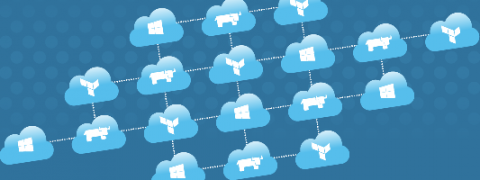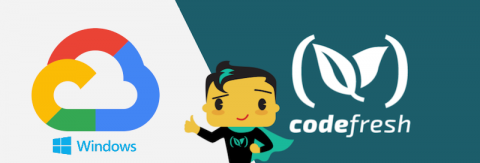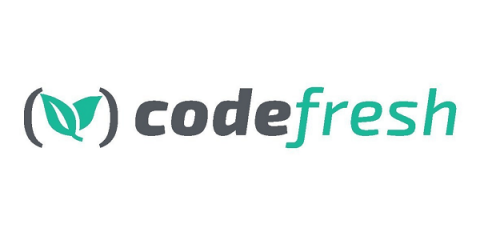WSLConf: Sessions Part 2 - DevOps on WSL and more
This is the second blog in our series releasing the WSLConf recordings. Earlier this year, Canonical had the pleasure of hosting WSLConf, a virtual conference dedicated to the Windows Subsystem for Linux (WSL). The conference highlighted ideas and projects from presenters from around the globe with attendees from at least eight different time zones.




